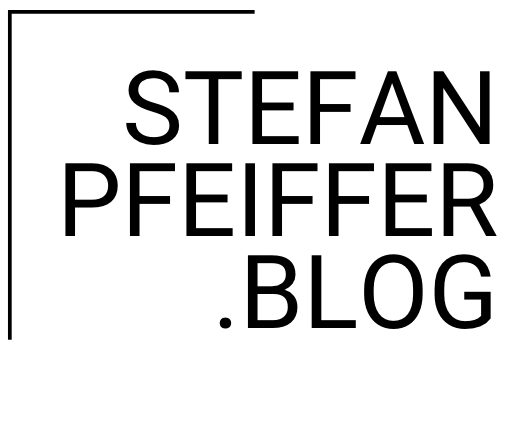According to the research, poor or non-existent tagging of enterprise documents results in two-thirds of senior managers and directors being unable to access key information assets within their own organization, leading to repetition of work and poor workplace collaboration. Such unstructured or untagged information includes a variety of documents, from presentations to meeting notes to various types of web copy. Accordingly,
- 67% of those surveyed say information including research, presentations, plans, meeting notes, reports, web copy, and other uncategorized content is „very difficult“ to retrieve.
- 61% say the vast majority of documents are not properly categorized for accurate and rapid retrieval.
- Information overload affects 62% of organizations, with few internal documents easily available to management and staff.
…
Additionally, for those who do tag data, much of the problem is that metadata is inconsistent and riddled with errors. The research shows that 68% of managers and directors say their organizations still rely on manual labeling of content, while 64% believe cost — which in most cases would primarily be the overhead of effective manual tagging — is the main obstacle to efficient information retrieval and delivery within enterprises.
…
What is clear is that organizations need to act now to deal with poor information performance. This can be done by implementing content intelligence solutions that let companies organize, access and control their enterprise information easily and efficiently. Putting an effective and consistent system in place not only makes it easier to retrieve the right documents, it also means better access to corporate knowledge, improved risk management and compliance and better customer relationship management, which can all mean a better bottom line.
I have a déja vu. Not very surprising, the results of the study. I remember very well the discussions on Document Management. Do we need a Content Management system, file folders, a folder structure, a „Aktenplan“ (filing plan), where we store our scanned and PC-generated file? A few years later we had the discussion around E-Mail Management. Beside the question of legal evidence of E-Mail the generic question was if and how to store E-Mails: Let the enduser decide, which E-mails are filed and tagged? Should a system automatically file all e-mails and apply the correct tags?
The amount of content and information is still growing dramatically, First we had to scan a few documents. Then we had PC-generated files, word processor-documents, spreadsheets and presentations. The E-Mail made it worse . Hundreds, thousands of e-mails were and are flooding the inboxes each day. Now we are in the Social Business age: Tweets, Social Network-entries, blog- and wiki-entries, video and audio files. Forget about manual tagging. Where it is done, fine. but manual, end-user driven tagging was always challenging. I believe the future is going to be automatic system-driven tagging of content and intelligent content retrieval. Watson leads the way …

Kommentar verfassen